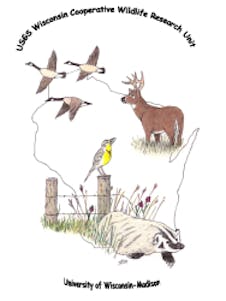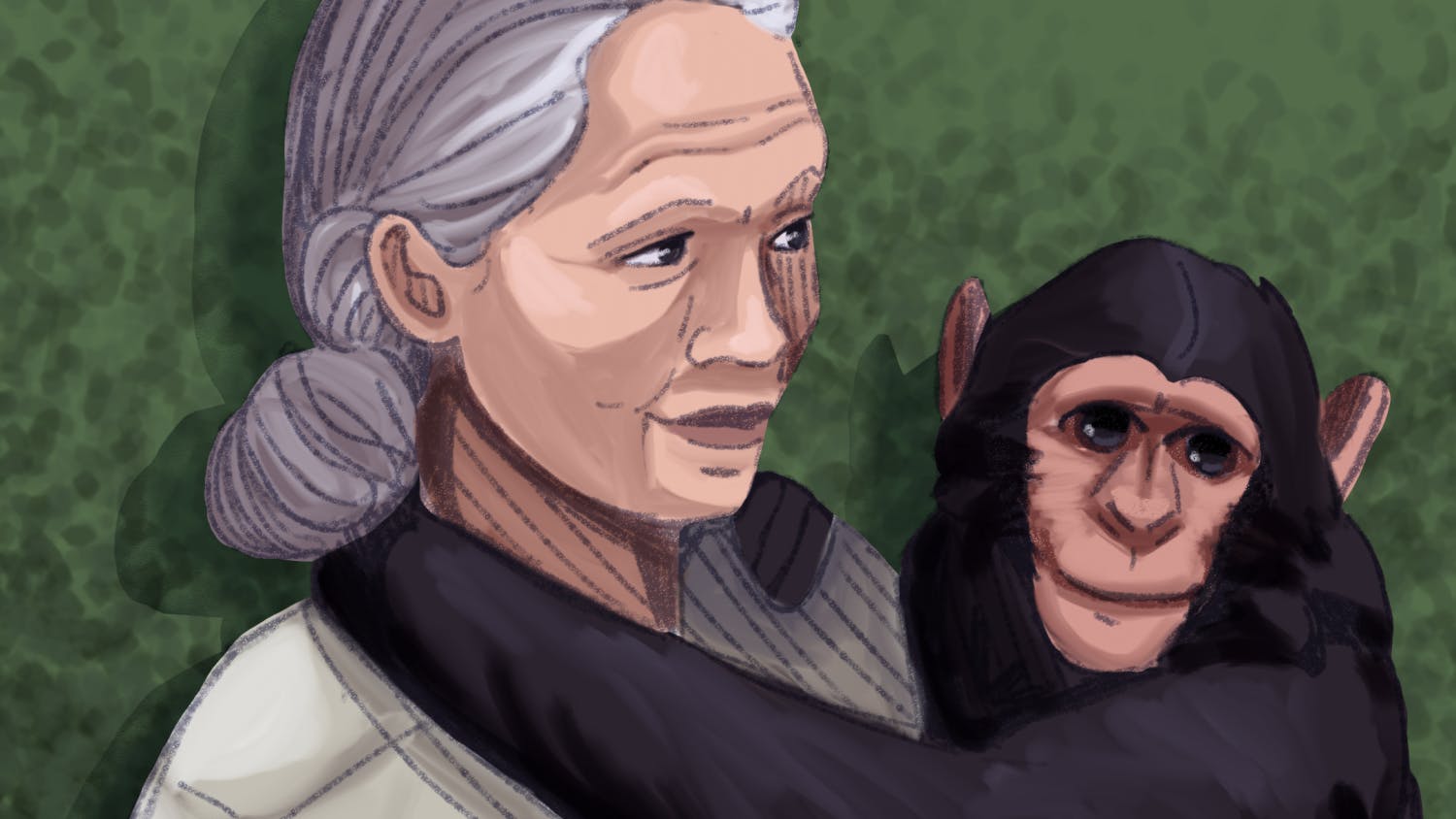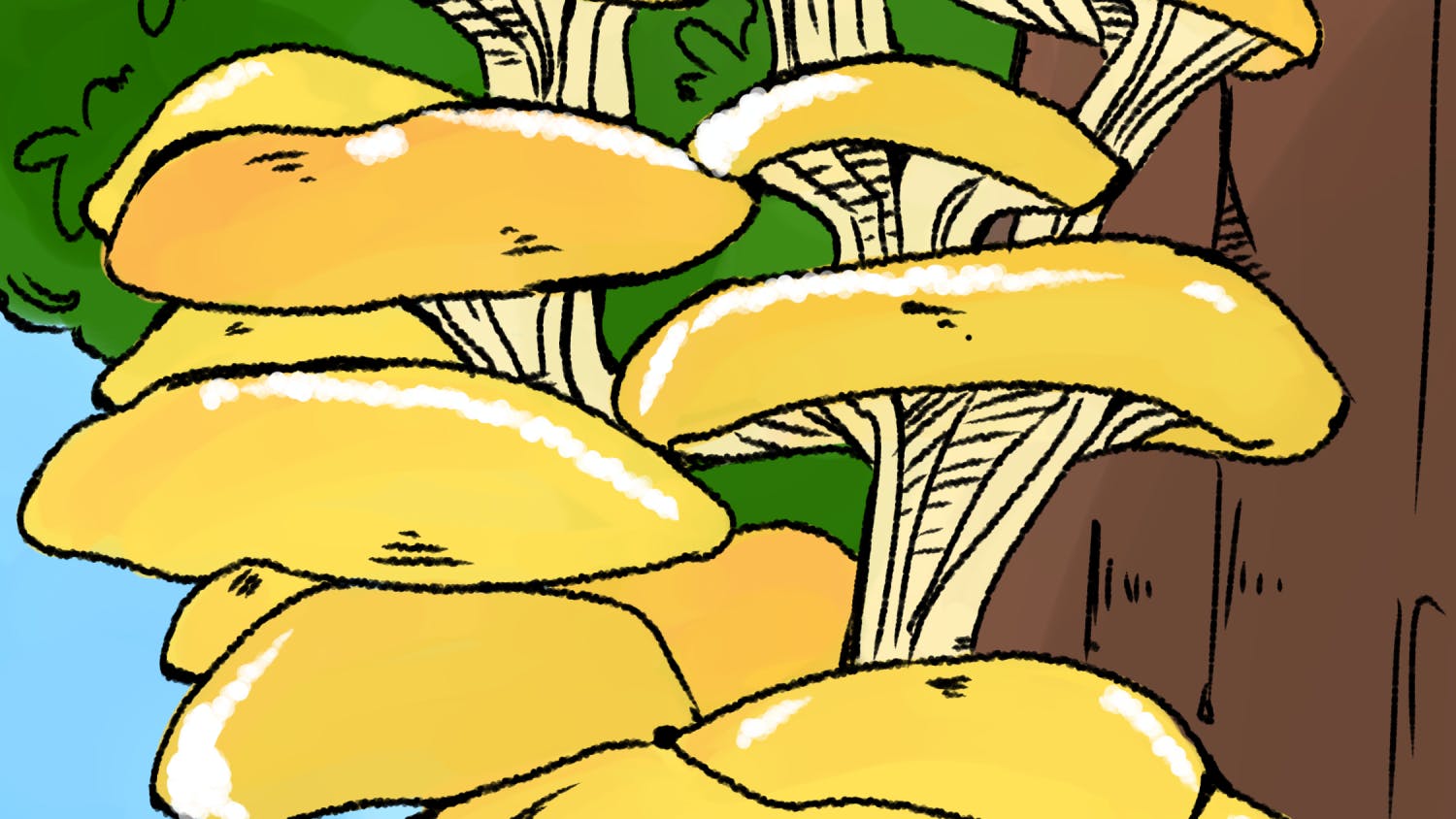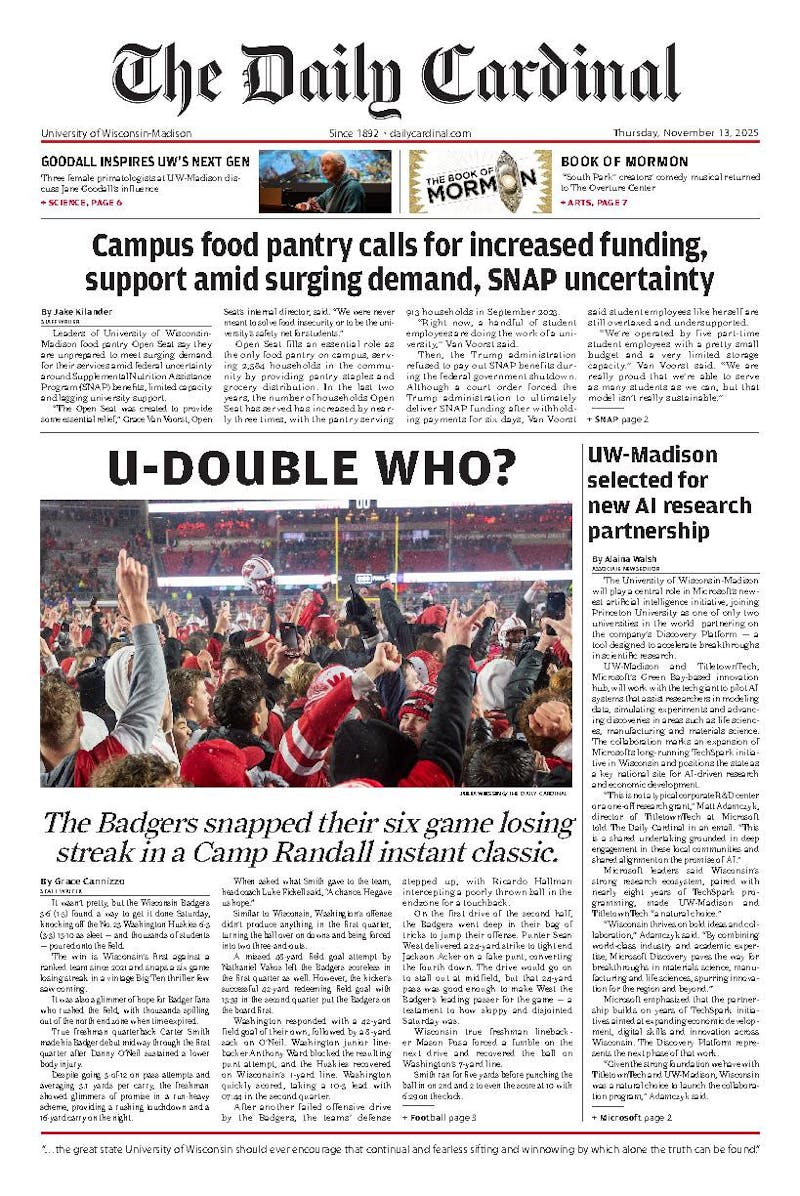Aldo Leopold penned the foreword to his “A Sand County Almanac” on March 4, 1948, in Madison, Wis. In the closing essay, titled “The Land Ethic,” Leopold deemed the extension of ethics to the land a necessity in ecological decision making.
Ethics rest upon “The Community Concept,” as Leopold wrote. This concept emphasized “that the individual is a member of a community of interdependent parts.” The land ethic proposes a land-community to which humans, soils, waters, plants and animals are fellow citizens.
Leopold’s work as a thinker, writer, teacher and conservationist “brought the world to his Wisconsin door,” University Housing wrote in a biography about the man. With foreign, federal and state agencies at the door, Leopold and others recognized the need to support future generations of natural resource managers. In 1935, the United States Geological Survey (USGS) Cooperative Research Units program was established.
“You have to bring Aldo into the conversation,” said Christine Ribic, unit leader of the Wisconsin Cooperative Wildlife Research Unit (WCWRU).
The Wisconsin Cooperative Wildlife Research Unit
In 1972, four cooperators signed a formal Cooperative Agreement that established the WCWRU. The cooperators include the University of Wisconsin-Madison, the Wisconsin Department of Natural Resources, the Wildlife Management Institute and the U.S. Fish and Wildlife Service.
“The mission of the Wisconsin Cooperative Wildlife Research Unit is to train the next generation of natural resource professionals and do research that is of interest to the state,” Ribic said, continuing on to say that this is where the cooperation comes in.
If Leopold brought the world to his Wisconsin door, the Unit program ensured it stayed. While the Unit program reaches out to the entire United States, the WCWRU is specific to Wisconsin. However, research efforts of the WCWRU and its cooperators have been implemented at the state, national and international levels.
“Think of a three-legged stool,” Ribic said. “One leg is the university, another is the Department of Natural Resources and the third is the federal government.”
The Unit program has bolstered bipartisan support in Congress as a result of the technical expertise and resources it brings from the federal to state level of resource management. It has continued to grow since its inception, and this year will welcome Nevada as the 39th state to join the program.
“The Unit program is collaborative and it is a really good example of how when you work together, you can do more than when you work alone,” Ribic said.

Landscape ecology
Grassland bird conservation, ecology and climate change adaptation are among areas Ribic has focused her research.
“I always wanted to work with animals, and I have. I have worked on a wide variety of species and that is what keeps me going,” she said.
Grassland birds, the American beaver and the pond salamander are among the species that have led Ribic to focus her research on landscape scale management. Ribic and her colleagues have been so impactful to this field that a WDNR manager once told them that, if their findings were accurate, “we should change the way we manage grassland birds.”
Traditionally, the work and implementation of wildlife management was disjointed, she said. Patches of wildlife habitat around the state were managed independently. Focusing on landscape, rather than patch, management better serves animals who respond to the landscape.
The WDNR has applied findings on the landscape management of grassland birds by working within focal landscapes.
“Having our work with the WDNR actually be important enough to influence management has been rewarding, that rarely happens,” Ribic said.

The female bobolink, a grassland bird who avoids pastures surrounded by too many woodlots.
Chronic wasting disease
In recent years, disease ecology has become a focus of the WCWRU research portfolio. Chronic wasting disease (CWD) is an infectious and fatal disease affecting white-tailed deer, mule deer, Rocky Mountain Elk, Shira’s Moose and reindeer, according to the Unit’s CWD project webpage.
CWD is transmitted by direct cervid-cervid (deer-deer) contact or through environmental reservoirs. When infected, mis-folded proteins called prions aggregate, causing cervids to lose nervous system function. A variety of symptoms including weight loss and behavioral changes may occur as a result.
Collaborative research between the University of Wisconsin, WDNR and USGS National Wildlife Health Center is being performed to “improve our scientific knowledge of CWD in free-ranging deer, and develop research to facilitate and refine CWD management actions,” according to the project webpage.
Informed chronic wasting disease management requires an understanding of disease transmission and survival rates, the impact of disease at the population level, the role of movement and behavior in disease spread, the role of genetics in disease dynamics and CWD management techniques.
“Please notify the DNR if you see a sick or dead deer or multiple dead deer in any one area,” the WDNR asks. A list of clinical signs of CWD can be found on the department website, along with statewide sampling locations for hunters.

The next generation
Unit Leader Ribic and the assistant leader of the WCWRU are federally employed by (USGS) . They are also — by appointment — members of the University of Wisconsin graduate faculty.
As unpaid members of the graduate faculty, Unit members are able to be major professors and mentors of graduate students. The University of Wisconsin also has many mechanisms for interacting with undergraduates informally during their first research experiences, Ribic said.
Graduate level or higher student students working on research initiatives also have the ability to begin a small side project of their interest. In fact, one of the first graduates that Ribic worked with turned her side project into her Ph.D. work.
Her project, in cooperation with the WDNR, was interested in explaining how rotational grazing of cattle acts as a buffer to water quality. The research team quickly noticed patterns they could not explain — patterns larger than buffers and water quality. Designing a larger project allowed the student to address questions through landscape level ecology.
She questioned the relationship between continuously grazing cattle and the use of pastures by bird communities. Once again, the question was larger than Ribic and the student thought. Eventually, they found that grassland bird communities on the pastures depended heavily on the amount of wooded areas in the landscape.
“It was because of her curiosity and my curiosity,” Ribic recalled.
An interest in graduate work is the “entrée” to the Unit Program, Ribic said. This interest, paired with resource management and applied ecology, is a recipe for work in the Unit program. Seeking out universities that offer the opportunity and getting in touch with Unit members is a good start.
“These projects are about working with cooperators to get more done for the benefit of society and the environment,” Ribic said.
Students who join the program get a firsthand look at landscape ecology applied to resource management. States reap the benefits too, with many trainees going into natural resource agencies following their time with the Unit.






